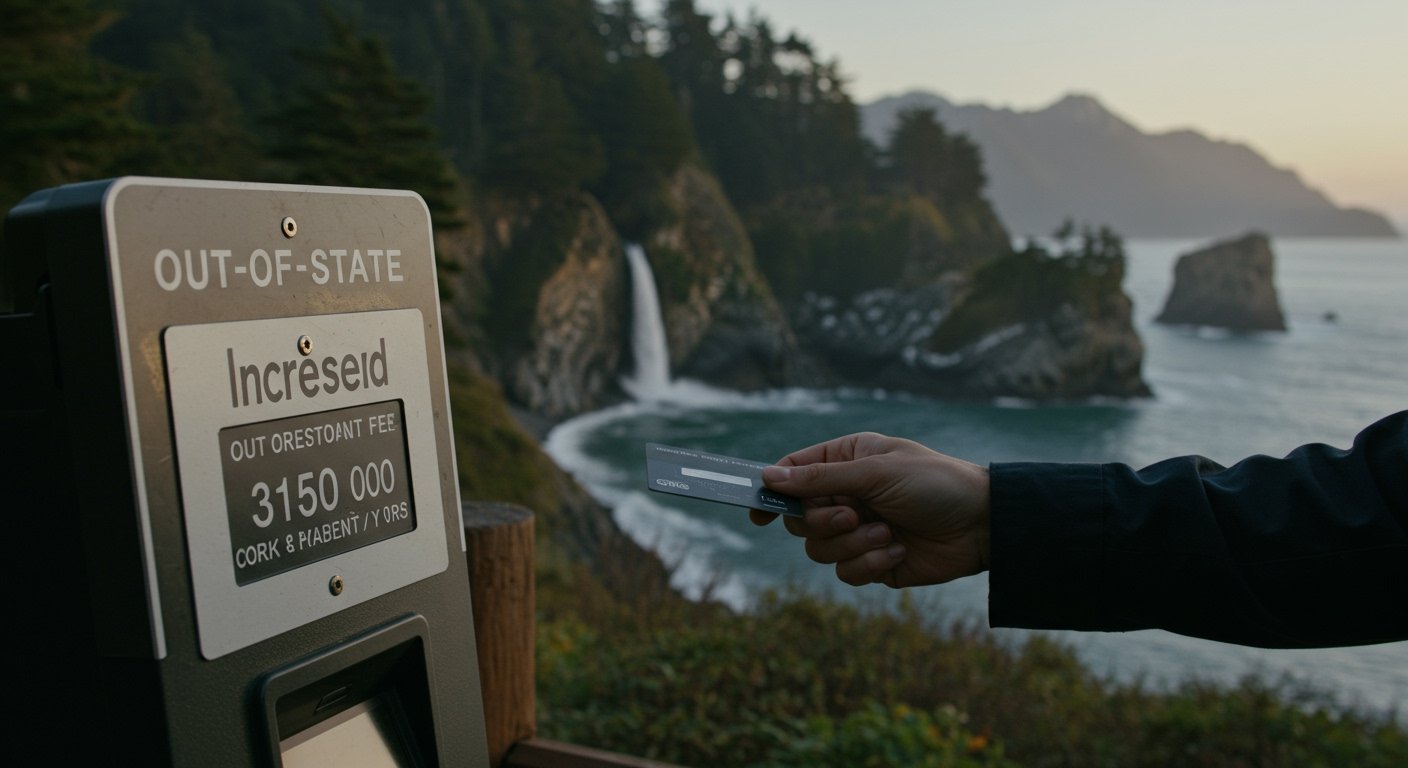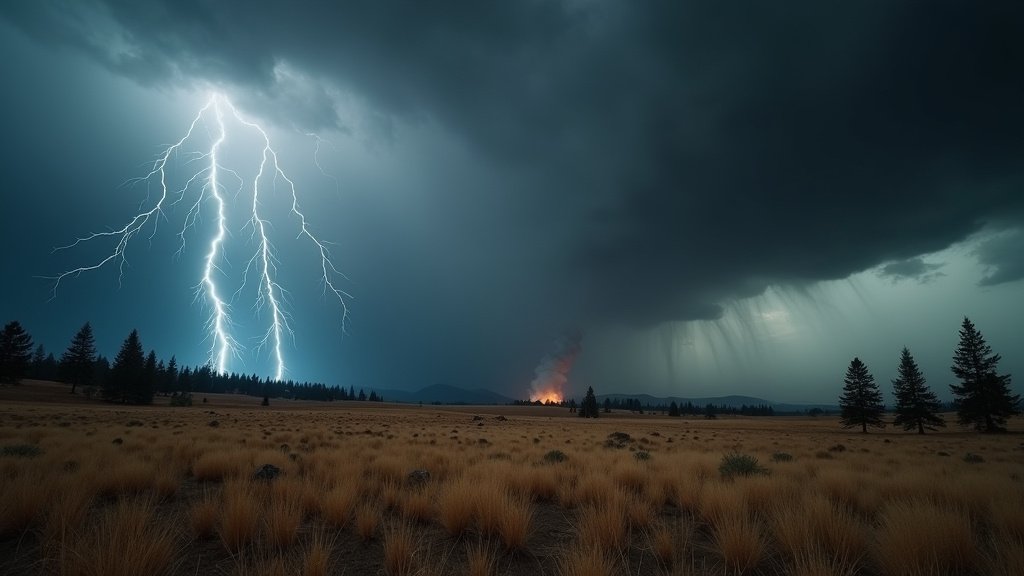PORTLAND, OR – Out-of-state visitors planning trips to Oregon’s picturesque state parks this summer will face substantially higher costs for camping and day use, following a decision by the Oregon Parks and Recreation Commission.
The commission has formally approved a new surcharge structure, effective July 1, that will add a 25% increase onto existing fees specifically for individuals visiting from outside Oregon. This measure builds upon recent price adjustments enacted at the beginning of the year that affected all park users.
Understanding the New Surcharge
The 25% surcharge applies broadly across various park services. For instance, day-use parking passes, which increased from $5 to $10 for all users at the start of the year, will now cost $12.50 for non-Oregon residents. Similarly, annual passes for out-of-state visitors will rise to $37.50, compared to the $30 rate for Oregonians.
Camping fees are also significantly impacted. Tent campsites, which cost Oregon residents between $20 and $42 per night depending on location and amenities, will range from $25 to $53 per night for out-of-state campers under the new rule. Cabin and yurt rentals will see a similar proportional increase, costing non-residents between $61 and $147 per night, whereas Oregon residents will pay between $48 and $120.
This new surcharge for tent camping, cabins, and yurts expands upon a policy already in effect for RV campsites, where a 25% surcharge for out-of-state visitors has been in place since 2022.
The Decision Process
The proposal for the increased fees and out-of-state surcharge was first introduced by the Oregon Parks and Recreation Department earlier this spring. Following the proposal, a month-long period was allocated for public comment, allowing residents, frequent park visitors, and other stakeholders to provide feedback on the potential impacts of the rule change.
The Oregon Parks and Recreation Commission reviewed the feedback before casting their final vote to approve the surcharge. Despite some public pushback received during the comment period regarding certain aspects of park access and pricing, the commission ultimately decided to move forward with the fee increases as proposed, while opting to retain the availability of two-year permits for park access, which had been a point of discussion during the process.
Context of Rising Costs
The 25% out-of-state surcharge comes on the heels of general fee increases implemented across the board for all park users starting January 1 of the current year. The most notable of these prior increases was the doubling of the standard day-use parking pass fee from $5 to $10. The new surcharge layers this additional cost specifically onto non-residents, making the cumulative price increase significant for those traveling from outside the state.
Officials within the Oregon Parks and Recreation Department have indicated that fee adjustments are necessary to help cover the rising costs of maintaining and operating the state’s extensive park system, which includes diverse landscapes from coastal beaches to mountain forests and high desert regions. While the original summary does not explicitly state the rationale provided by the department or commission for this specific surcharge structure, such tiered pricing based on residency is sometimes implemented by public entities to balance visitor demand, generate revenue from those who do not contribute to the state’s tax base, and potentially prioritize access or lower costs for residents whose taxes support the park system.
Impact on Tourism and Access
The implementation of a higher cost structure for out-of-state visitors could potentially influence travel decisions, particularly for budget-conscious tourists who frequent Oregon’s parks. Oregon’s state parks are a major draw for regional tourism, attracting visitors from neighboring states and beyond who come for hiking, camping, wildlife viewing, and scenic beauty.
Proponents of tiered pricing argue it ensures those who benefit from the state’s resources contribute equitably to their upkeep, especially if they are not state taxpayers. Critics often voice concerns that differential pricing could discourage tourism and may feel unfair to visitors who contribute to local economies through other spending on lodging, food, and retail.
The commission’s decision to maintain the availability of two-year permits, despite revising other aspects of the fee structure, suggests a responsiveness to public input regarding longer-term access options.
As of July 1, visitors will need to be aware of the new pricing when planning their trips and making reservations. The Oregon Parks and Recreation Department’s official website and park information centers are expected to update their materials to reflect the new fee structure clearly, ensuring visitors understand the costs prior to arrival.




